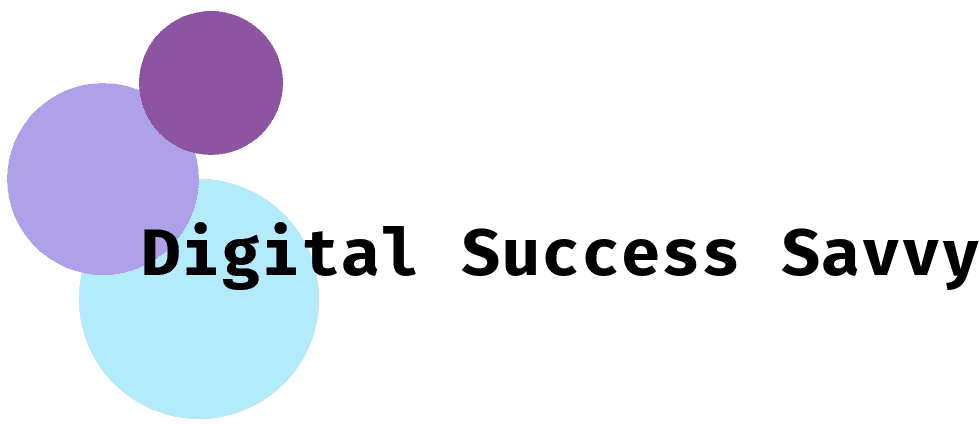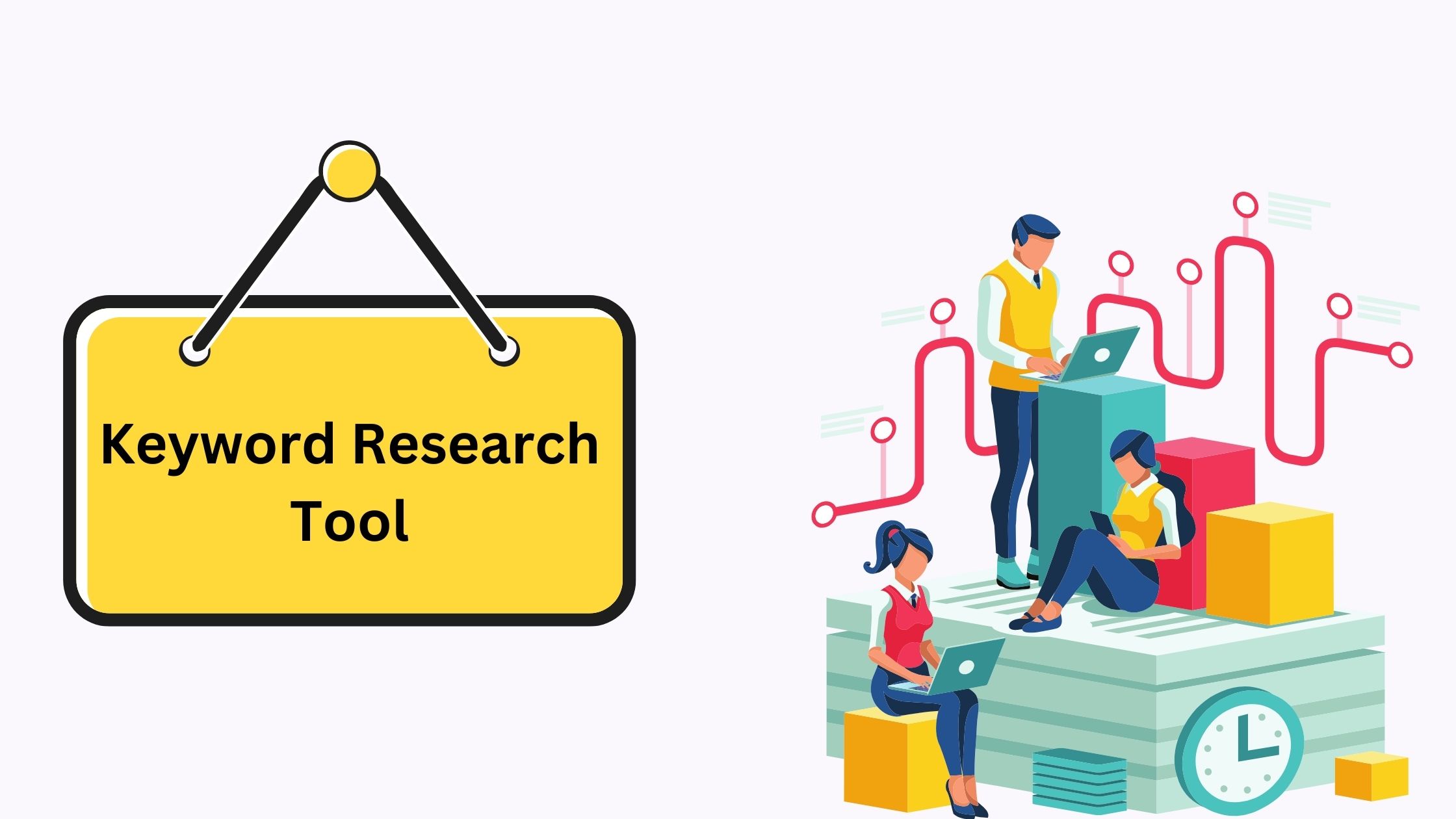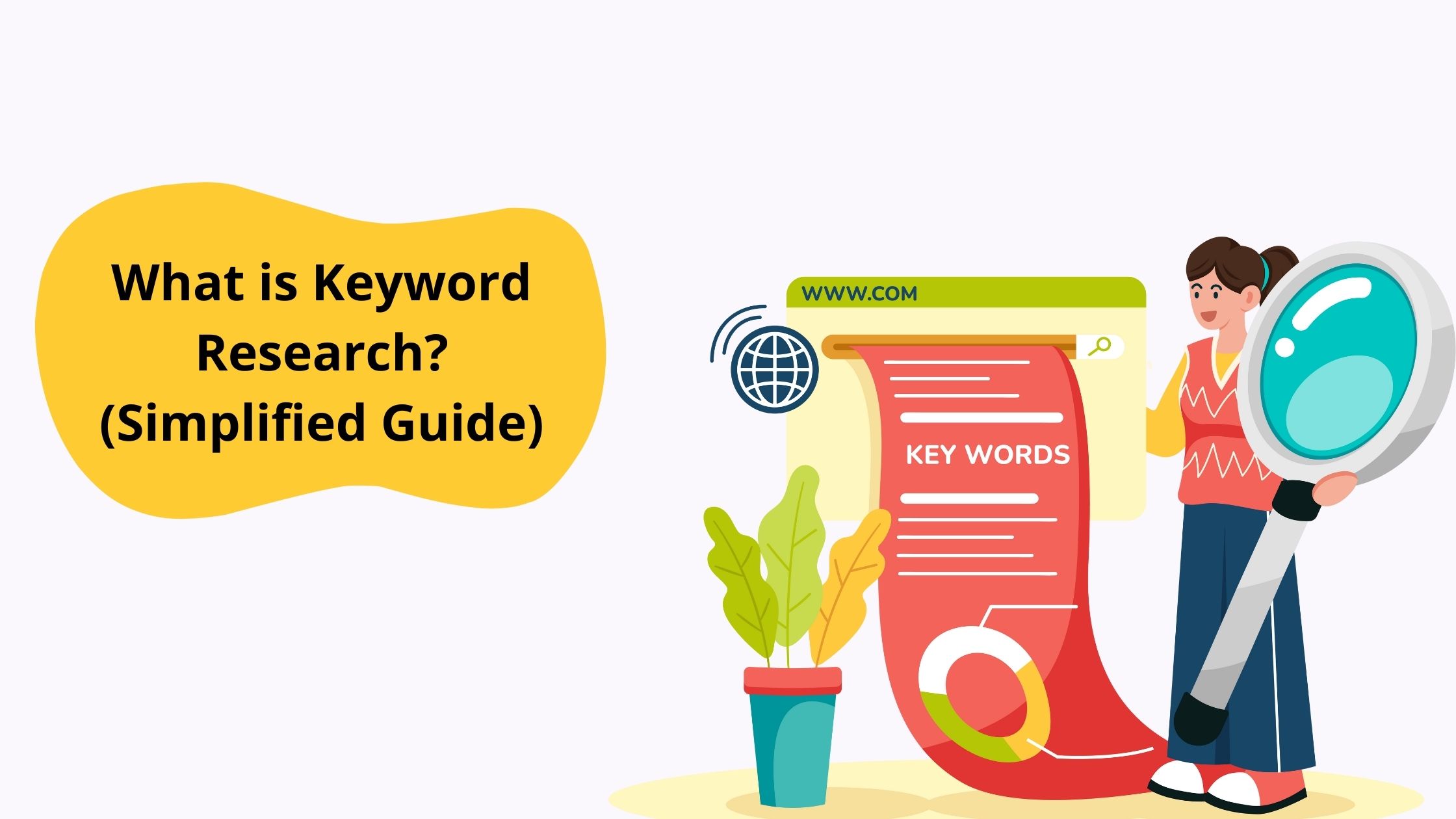Does your website have great content but still rank on page 5 of Google?
If yes, you’re not alone. Many small businesses and SaaS companies spend hours creating blogs and landing pages yet miss the basics of on-page SEO resulting in low traffic and poor conversions.
In this guide, you’ll discover what on-page SEO is, why it matters, and 12 actionable techniques to optimise your pages for both search engines and users.
Whether you’re a small business owner, SaaS marketer, or blogger aiming to grow organic traffic, this guide is tailored for you.


What is On-Page SEO?
On-page SEO refers to optimising individual web pages to rank higher and attract more relevant traffic from search engines.
Put simply:
“On-page SEO means optimising the elements you control on your website to improve search rankings and user experience.”
This includes your content, HTML source code, internal links, URLs, and media. Unlike off-page SEO (which deals with backlinks and external signals), on-page SEO is 100% in your hands.
Why is this essential? Because search engines like Google analyse your pages based on relevance, quality, and user experience signals to decide your rankings.
Looking for an SEO Expert in India? Connect with us to optimise your website today.
Why is On-Page SEO Important?
Here are three key benefits of implementing strong on-page SEO:
- Improves search engine rankings : Google’s algorithms reward well-structured, keyword-optimised, and user-friendly pages.
- Enhances user experience: Clear headings, relevant keywords, readable design, and fast-loading pages keep users engaged.
- Supports other SEO strategies: Without solid on-page foundations, even the best technical or link building efforts won’t deliver results.
Stat: Studies show that 75% of SEO success stems from strong on-page fundamentals, making it a non-negotiable part of your digital strategy.
On-Page SEO vs. Off-Page SEO: What’s the Difference?
Here are five key differences between on-page and off-page SEO:
- Control:
- On-page SEO involves elements you can directly change on your website (e.g., content, headings, meta tags).
- Off-page SEO focuses on external factors like backlinks and brand mentions that you influence but don’t control.
- On-page SEO involves elements you can directly change on your website (e.g., content, headings, meta tags).
- Focus:
- On-page SEO improves website quality, relevance, and user experience.
- Off-page SEO builds authority and trust signals through external endorsements.
- On-page SEO improves website quality, relevance, and user experience.
- Techniques:
- On-page SEO includes keyword optimisation, internal linking, and schema markup.
- Off-page SEO includes link building, digital PR, and social media signals.
- On-page SEO includes keyword optimisation, internal linking, and schema markup.
- Impact:
- On-page SEO provides immediate improvements once implemented correctly.
- Off-page SEO requires ongoing efforts to build relationships and earn links over time.
- On-page SEO provides immediate improvements once implemented correctly.
- Examples:
- Adding alt text to images or writing compelling meta descriptions = On-page SEO
- Getting backlinks from a high-authority news site or influencer mentions = Off-page SEO
On-Page SEO Techniques: How to Do On-Page Optimisation
Keyword Research & Placement
Start with targeted keyword research. Identify primary and secondary keywords that align with your users’ search intent.
Where to place them?
- Title tags
- First 100 words of content
- Headings (H2s, H3s)
- URL
Example: If targeting “on page SEO optimization”, include it naturally in your title, introduction, and at least one subheading.
Title Tag Optimization
Your title tag directly impacts rankings and CTR.
- Good Example: On-Page SEO Techniques: Boost Your Rankings in 2025
- Bad Example: SEO Page Stuff Things Keywords Best Tips Guide 2025
Keep it under 60 characters, include your primary keyword, and make it click-worthy.
Meta Description Optimization
Write compelling meta descriptions to attract clicks from SERPs.
- Summaries your page content
- Include target keywords naturally
- Stay within 160 characters
Example: Learn actionable on-page SEO techniques to improve your website rankings and user experience in 2025.
URL Structure
Keep URLs short, descriptive, and keyword-rich for both users and search engines.
Example:
https://digitalsuccesssavvy.com/blog/on-page-seo-guide
Avoid URLs like:
/blog/1234?id=seo-page
Heading Tags (H1-H6)
Structure your content logically for readability and crawlability.
- Use only one H1 (page title)
- H2s for major topics
- H3s and H4s for subpoints
This improves navigation for users and helps search engines understand your content hierarchy
Image Optimisation
Images enhance engagement but can slow down your site if not optimised.
- Use descriptive file names (e.g., on-page-seo-checklist.jpg)
- Add alt texts with keywords for accessibility and ranking
- Compress images without losing quality to improve page speed
Internal Linking
Link to related blog posts or service pages to guide users and distribute link equity.
Example anchor: Learn more about SEO For Beginners.
Interlinking improves crawlability and keeps users longer on your site.
External Linking
Link to authoritative sources to back your claims and improve credibility.
For example, when discussing Google’s algorithm updates, link to their official blog or guidelines.
Content Quality & Search Intent Alignment
Your content must:
- Be original and plagiarism-free
- Satisfy user search intent
- Provide value through examples, statistics, or insights
Example: If someone searches “how to do on page SEO”, ensure your blog walks them through exact steps with actionable takeaways.
Schema Markup
Implement structured data using schema to enhance your SERP appearance with rich snippets (reviews, FAQs, ratings).
This improves CTR and visibility in search results.
Optimising for Featured Snippets
To rank for featured snippets:
- Answer common questions concisely
- Use bullet points or numbered lists
- Include definitions within 50-60 words
This increases your chance of being shown at position zero.
UX Optimisation & Mobile Friendliness
User experience is critical for SEO success.
✔️ Push important content above the fold
✔️ Break long paragraphs into short, scannable sections
✔️ Ensure mobile responsiveness across devices
Core Web Vitals such as loading speed, interactivity, and visual stability are now direct ranking factors.
Common On-Page SEO Mistakes to Avoid
Here are critical mistakes that can harm your SEO performance:
1. Keyword stuffing: Overusing your target keywords unnaturally not only reduces readability but can trigger Google penalties. Always write for users first, then optimise for search engines.
2. Duplicate content: Publishing identical or very similar content across multiple pages confuses search engines about which page to rank, diluting your SEO efforts.
3. Ignoring meta tags: Skipping unique title tags and meta descriptions leads to low CTR as your listings won’t stand out in SERPs.
4. Missing internal links or poor anchor usage: Without linking to relevant internal pages, you miss out on distributing link equity and guiding readers to explore your site further. Avoid generic anchors like “click here”; use descriptive, keyword-rich anchors instead.
5. Not optimising images: Uploading large images without compression slows down your page, negatively impacting user experience and rankings. Also, missing alt texts means lost opportunities for image search traffic and accessibility compliance.
Conclusion:
On-page SEO is not a one-time task but an ongoing process to keep your website competitive in search results.
By implementing these techniques, you’ll ensure your content ranks higher, drives more organic traffic, and converts visitors into customers.
Ready to improve your rankings? Explore our SEO Services for expert implementation and growth-driven strategies.
FAQs on On-Page SEO
What is on-page SEO in simple words?
On-page SEO is optimising your website’s pages to improve rankings and provide a better experience to visitors.
How is on-page SEO different from off-page SEO?
On-page SEO involves content and structural improvements on your website, while off-page SEO focuses on external factors like backlinks and brand mentions.
How do I do on-page SEO effectively?
Follow techniques such as keyword optimisation, writing strong title tags and meta descriptions, improving URLs, and enhancing user experience.
What are key on-page SEO ranking factors?
Keywords, headings, meta tags, content quality, internal links, URL structure, mobile-friendliness, and page speed.
How often should I update my on-page SEO?
Review your on-page SEO every 3-6 months or after any major Google algorithm update.



